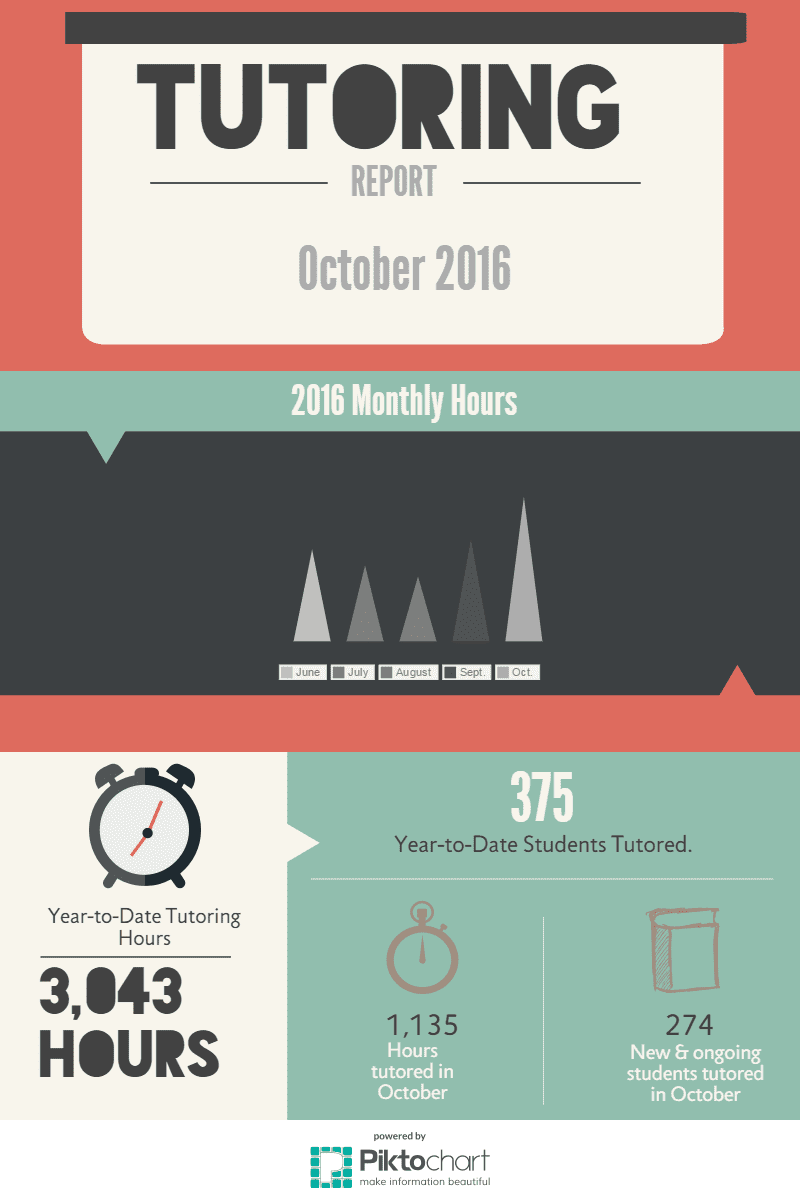Here Are The Welding Tips For Rookie Welders

Created by-Adler Lester
Whether you're a beginner or a seasoned pro, there are a variety of welding ideas that can aid you out. https://squareblogs.net/julietafran/the-list-below-resources-will-offer-you-an-introduction-of-the-most-common consist of starting the arc correctly, managing the weld puddle, as well as preventing undercuts.
Begin the arc properly
Obtaining the arc started effectively is an important part of welding. The arc plays a direct function in the amount of heat that enters into a component. The right arc size is crucial in preventing spatter and developing a top quality weld.
Starting the arc properly requires a combination of gas and also flux securing. During the welding process, the arc is located about the job piece. If https://squareblogs.net/huey85diego/what-you-need-to-understand-about-welding-training is also long, the heat is diverted from the part as well as spatter is generated. If the arc is as well brief, the warm is diverted to the weld and also a coarse-grained structure is produced.
The size of the arc need to be between one eighth of an inch and also one and a fifty percent inches from the work surface. The right arc length hinges on the rod type and the electrode product.
When welding vertically, the arc needs to move over the center of the joint gradually. This motion is regulated by the welder.
Control the weld pool
Keeping the weld puddle controlled is a vital part of welding. This is very important for security reasons. You should be able to see the front and also leading side of the weld puddle. You should have the ability to observe the form of the pool, its color, and how much weld is developing.
The most effective means to manage the weld puddle is to look past the arc. This indicates you ought to look past the pole. The arc ought to be guided at a 20-20 angle. This angle is essential for a puddle, due to the fact that it neutralizes the puddle's wish to sag.
The diameter of the molten steel pool is based on the size of the rod and also the density of the metal. It should be around a 6mm size. The diameter will differ depending upon the idea of the lantern and the material made use of.
please click the up coming post has a minor skim of pollutants on the surface. It should not be gurgling, stimulating, or be as well bright.
Eliminate the hydrogen hazard
Whether you're welding a steel pipe, a tubular wire, or a metal-cored wire, you require to be able to remove the hydrogen hazard when welding. It is necessary to understand the variables that can enhance the danger of hydrogen embrittlement, also known as hydrogen-related fracturing, due to the fact that hydrogen is an usual source of quality troubles and efficiency losses in welding.
Hydrogen embrittlement can happen in high-strength steels, including those with a minimal HRC 38 firmness. It's likewise usual in heat-treated fasteners such as structural bolts, rivets, and also clips.
Hydrogen embrittlement can occur during welding as well as might be triggered by moisture in the welding environment. It can also cause stress and anxiety in the weld steel microstructure, which can bring about hydrogen-induced breaking.
Hydrogen embrittlement is caused by an intricate interaction between 3 variables: hydrogen content, the dimension of the welding arc, and also the residual stress and anxieties in the steel. While hydrogen embrittlement might take place weeks after welding, the effects of hydrogen-related splitting are usually immediate.
Avoid undercut
Throughout welding, an undercut is a surface defect that looks like a groove along the origin of the weld bead. This groove contains base metal that has been combined with the weld. An undercut is a powerlessness in the weld that can bring about architectural failure.
A weld that is made from excessive warm as well as too much material can lead to an undercut. Undercuts can be caused by making use of the wrong gas, too expensive a wire feed rate, as well as inaccurate welding position.
Undercuts can be repaired if they are not too deep. The American Welding Culture has standards on how much undercut ought to be present in a weld. They specify that damages must not exceed one-third of an inch. The most common reason for an undercut is a not enough root opening.
The American Welding Culture advises welders to pre-heat, preparation, and also fill the weld location. It additionally recommends that welders hold the electrode no more than one-eighth of an inch off the base material.

